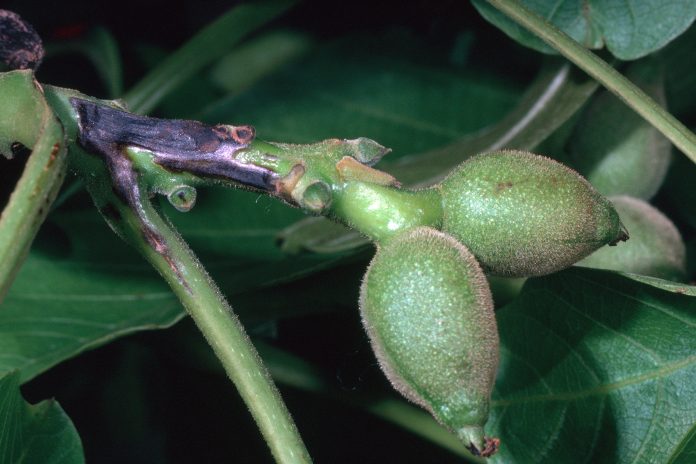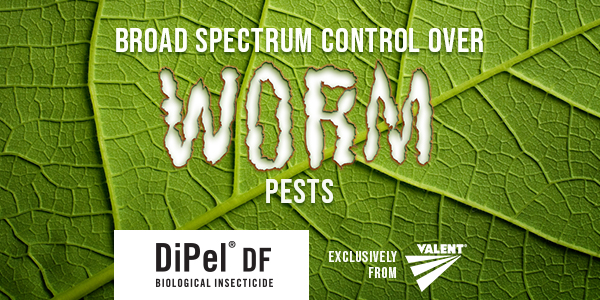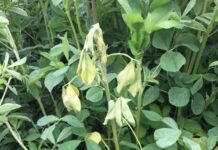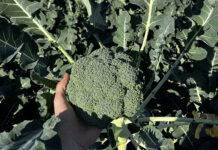

Orchard history, bud monitoring and the mathematical model Xanthocast are the three methods for attempting to predict or forecast walnut blight.
Sac Valley Orchard Source, a UCCE publication, notes that all three methods have advantages and disadvantages, and their use can be a guide to decision making when implementing a walnut blight preventative management program.
Walnut blight is caused by a bacterial pathogen that can overwinter in between scales of healthy buds. Rain can splash the bacterium onto developing flowers and leaves. Twig cankers are also an overwintering site that can supply inoculum for infection. Bud infections can result in bud death and fruit infections.
These infections can develop into twig cankers, which allow survival of the blight pathogen from one season to the next.
Orchard history involves surveying 10 trees for infected nuts the previous June. If fewer than 50 infected nuts are found, there is a low risk, and 50 to 150 infected nuts is a high risk. High disease levels can mean high bud populations and presence of twig cankers.
With bud monitoring, dormant buds are sampled for colony formation. Positive identification of bacterial species is needed. Orchard Source also notes that orchards can go quickly from low risk to high risk depending on weather conditions.
Xanthocast is a mathematical model that uses leaf wetness and temperature for forecasting emergence of the disease and timing of treatment intervals. Values should be combined with information from orchard history and bud monitoring.
The bactericide Kasugamycin, labeled as Kasumin, is used for managing walnut blight. According to Orchard Source, applications should be initiated when conditions favor disease development.
In orchards with a history of the disease and when high rainfall is forecast, applications should be initiated at 20% to 40% catkin expansion. Under moderate/low disease pressure, including low rainfall forecasts and minimal dews, applications should start at 20% prayer stage (leaflets unfolding, before expansion) and at 40% prayer stage when disease pressure is very low. These stages correspond to pistillate flower emergence.
In orchards with very low walnut blight infection rates or young orchards with no blight history, growers should consider a spray application at 40% prayer stage.















I don’t think the title of your article matches the content lol. Just kidding, mainly because I had some doubts after reading the article. https://www.binance.info/pl/join?ref=B4EPR6J0